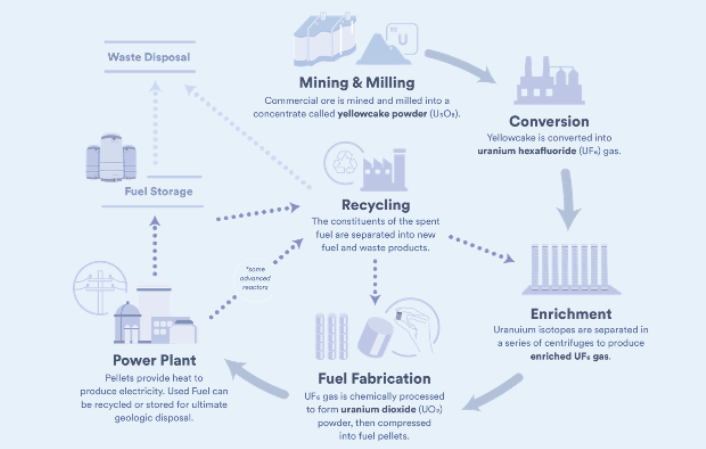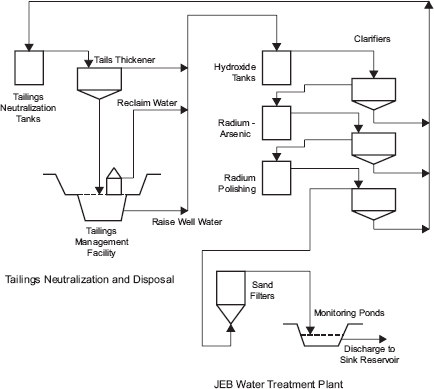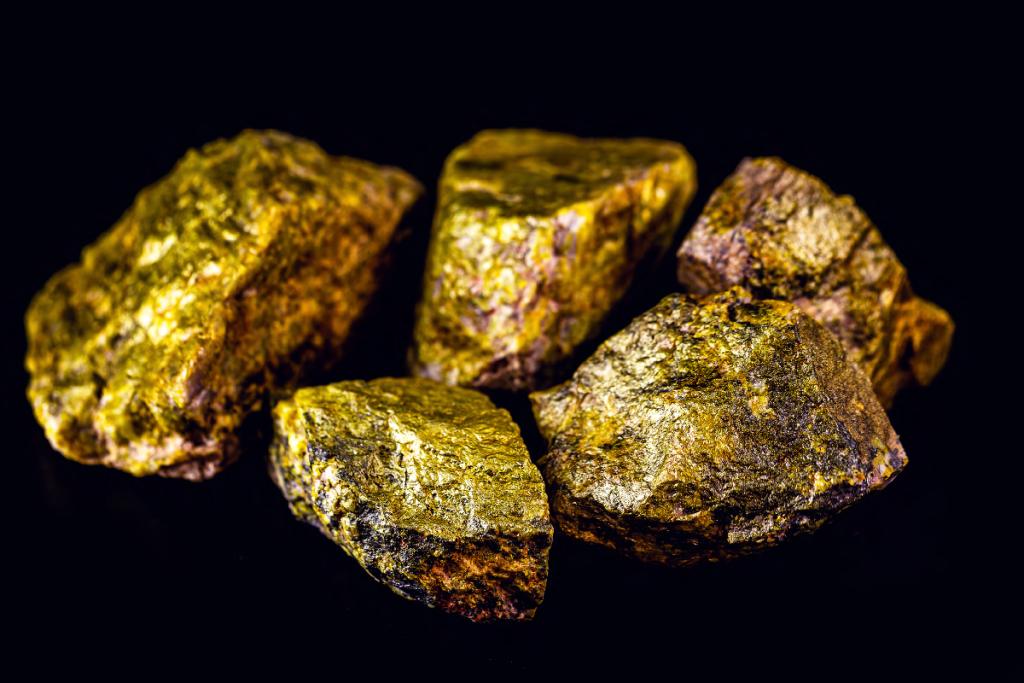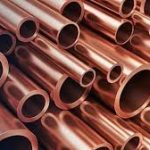Exploring The Techniques Of Copper Mining For Industries

Copper mining has been a fundamental aspect of civilization by humans for millennia, supplying vital resources necessary for well-being and advancement.
This metal has served as the foundation of industries and societies worldwide. The strategies for harnessing the power of copper in mining have evolved from simple methods used by historical civilization to sophisticated facilities advancements utilised in the current world.
This article @Zik Natural Resources addresses the process of copper mining and production, as well as its environmental consequences.We will explore the strategies and analyse the progression of these strategies all through time to enhance their effectiveness, sustainability, and ecological compatibility.
The Techniques For Copper Mining And Production
The extraction of copper from the ground entails a series of different stages, each of which contributes to the creation of this precious metal.
- Copper is predominantly extracted from extensive open-pit mining or underground mines, where minerals rich in copper containing the deposits of ore are extracted from the Earth’s crust.
- After the ore is collected, it goes through multiple phases of processing to eliminate impurities and convert it into a form that can be used.
- The initial stage involves pulverised the ore into small and finer fragments, hence augmenting its exposed surface area and enabling the subsequent isolation of copper, from other minerals.
- Subsequently, the pulverised ore undergoes flotation, a procedure in which chemicals are introduced to induce a state of frothiness that specifically adheres to copper particles.
- The foam is removed, resulting in a concentrated material containing a high amount of copper, referred to as concentrate.
- The concentrate undergoes a sequence of smelting and refining procedures to eliminate impurities and generate pure copper. Smelting entails heating the concentrate to a high degrees in order to separate the copper from other components.
- The molten copper is purified using electro refining, a procedure that involves a voltage current to eliminate any residual impurities.
At the end of the copper mining process, the result is pure copper, which is now ready to be converted into a wide range of valuable items or undergo extra processing, for a particular applications.
Buy Now “Sustainable Extractive Sector Management” from www.zikresources.com
Advancements In Contemporary Copper Mining Techniques
The modern period has witnessed remarkable progress in copper mining technology, which has completely been transformed, by enhancing safety, efficiency, and sustainability.
- The utilisation of drones is a highly notable advancement in contemporary copper mining. Unmanned aerial vehicles outfitted with advanced cameras and sensors have the capability to conduct surveys of mining locations, offering precise information regarding the topography, mineral resources, and possible risks. This allows mining enterprises to make well-informed decisions and optimise their operations.
- Copper mining has also been revolutionised by robotic cars. Robotic trucks and loaders have the capability to traverse mining areas with accuracy and effectiveness, hence decreasing the likelihood of accidents and enhancing productivity. Robotic vehicles are outfitted with sophisticated sensors and GPS technology, enabling them to drive securely and efficiently without any human interaction
- Advanced data analytics are essential in contemporary copper mining operations. Mining businesses can utilise data analysis of extensive sensor, devices, and geological survey data to detect structures, enhance processes, and anticipate maintenance requirements. Utilising a data-focused approach enhances operational efficiency, mitigates inactivity, and minimises expenses.
Subscribe to www.zikresources.com for more educative content
Ecological Consequences Of Copper Mining
Although copper mining has been crucial for human advancement, it has also had substantial ecological consequences.
The extraction and processing of copper ore can lead to the emission of detrimental pollutants and the devastation of indigenous ecosystems.
- An important issue related to copper mining is the emission of sulphur dioxide (SO2) when the ore is heated and melted. Sulphur dioxide (SO2) emissions are a significant contributor to air pollution and can have detrimental impacts on both human health and the environment.
In order to tackle this problem, contemporary copper mining operations utilise technologies such as sulphur collection systems and smelting furnaces equipped with improved emission control mechanisms.
- Another ecological issue is the loss of water resources. The process of copper mining demands significant amounts of water for both ore processing and dust control.
In order to alleviate water scarcity, mining companies are adopting water recycling and conservation measures, as well as investigating alternate techniques for ore processing that necessitate reduced water usage.
In conclusion, the process of extracting copper has made significant progress since its modest origins in early societies.
The industry has progressed from the utilisation of basic tools to the incorporation of sophisticated technologies in order to adapt to the needs of a swiftly evolving world.
For more valuable information about Natural Resources contact www.zikresources.com







